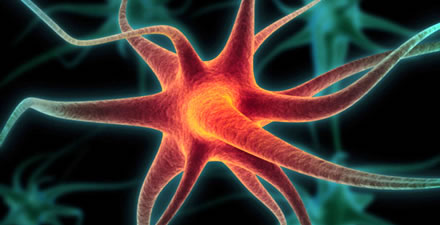Supplemental Information:
Biotechnology Student Notes
Unit II: Genes, Genetics and Geneticists:
Genes: What are they? What do they do? How do they do it? How are we using them?
Key terms: Central Dogma, DNA, RNA, proteins, Carbohydrates, AA, and Nucleotides
Historical Milestones:
- Mendel - Discrete nature of genes
- Chemical nature of genes: Transforming Factor = DNA, DNA from dead mice and injected bacteria containing pneumonia strain
- Hershey and Chase experiment used radioactive isotope which was injected into phage. The DNA went in but left the protein coat behind indicating that DNA was the genetic material passed on to the next generation
- Structure of DNA:
- Physicist, Maurice Wilkins and Rosalind Franklin: X-ray diffraction work showed the presence of a double helix in DNA
- Chargaff: A=T and G=C
- Linus Pauling: alpha helix
- Watson and Crick: determined the DNA structure of a double helix with complementary base pairing of nucleotides
- Central Dogma: DNA -> RNA -> Protein
- Dogma Revision: Exon is meaningful, Intron excised and not used, transposons jump and RNA can act as an enzyme
Genes:
- Code for Proteins
- Located on Chromosomes
- Replicate themselves
- Act as a blueprint
- Determine who we are
Evolution:
- Genetic variation
- Mutations: misread, deletions, insertions
- Effects of mutations
- Natural Selection
Molecular Biology:
- DNA Structure: ATGC, phosphodiester bonds. Hydrogen bonds, complementary base pairs form the double helix.
- DNA function: faithful replication.
- DNA function: information transmission, proteins, genetic code, triplets are codons, one gene, one protein and an entire set of genes is a genome.
- Protein Synthesis: tRNA carries AA, mRNA codes for protein, TRANSCRIPTION is from DNA to mRNA.
- mRNA -> Protein is TRANSLATION, initiation codon, AUG, and stop codons, UAG,UGA and UAA
- Eukaryotes vs Prokaryotes
- Gene Regulation; repressors, operons e.g. lactose operon, transcriptional activators or transcription factors, enhancers p. 65
Genomic Organization:
- Chromosomes, chromatin, plasmids, virus genomes and viruses are used as tools in Biotechnology
- Noncoding DNA is junk DNA
- Mutations; most are fixed with DNA repair enzymes
Protein Structure and Function:
- Amino Acids and Peptide Bonds
- Polar and Nonpolar covalent bonds
- Polarity and stability: hydrophobic and hydrophilic
- Hydrogen bonds
- Fundamental structure:
- Primary sequence of amino acids in a polypeptide.
- Secondary: Hydrophilic backbone folds so that hydrophobic amino acids are in the interior creating a water free hydrophobic environment: two arrangements which use hydrogen bonding are the alpha helix and the beta sheet.
- Tertiary Structure: How the fundamental DOMAINS fit together using hydrogen bonds, hydrophobic interactions, disulfide bridges, covalent and ionic bonds. These atomic interactions give the molecules their shape and eventually their function.
- Quaternary Structure: more than one polypeptide chain fit together, ex. Hemoglobin has 2 alpha subunits and 2 beta subunits. Not all molecules have a quaternary structure.
References and Resources:
Lehninger, "Biochemistry"
Sheenan, M. "Biochemistry and Molecular Biology", University of Bath 16-19 Series, Nelson, 1994 ISBN 0 17 4482078
Barnum, Susan R. "Biotechnology"Kruezer, Helen, "Recombinant DNA and Biotechnology" Laboratory Resource Materials City Lab Curriculum from Boston University in conjunction with UNC-Chapel Hill Department of Biology
NIH Curriculum Supplement Series including Human Genetic Variation, Cell Biology and Cancer, The Brain: Understanding Neurobiology through the Study of Addiction

